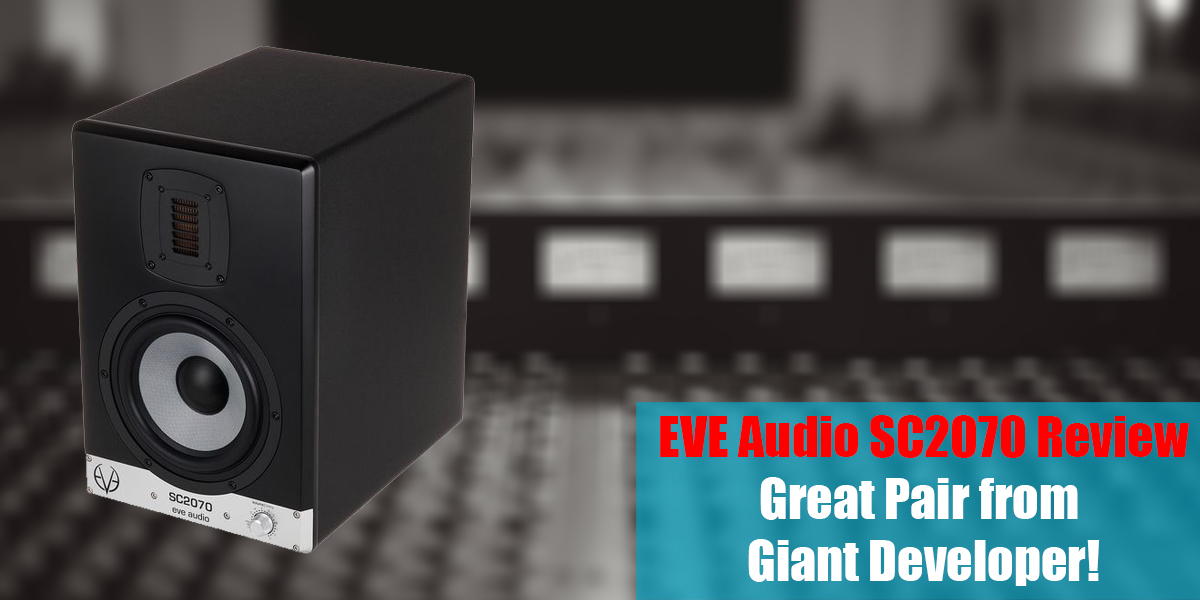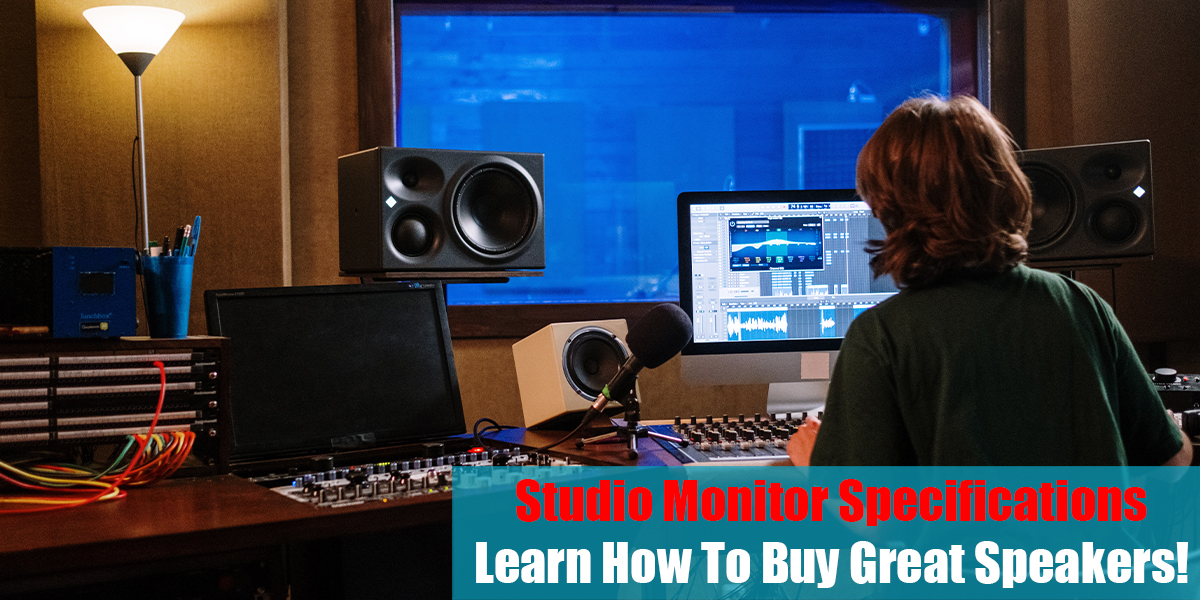Basic Audio Interface Features Explained
Introduction
Every unit has its own specifications and features and the audio interfaces are no different to that. If you want to get a new unit for your home studio, well it is better for you to look more deeply into it before making a purchase instead of getting something that will have no use to you.
Well, luckily in this article we are going to go over the basic audio interface features that are important to have in each unit in order to get the best out of it. We will see some input and output options, bit depth and sample rate, preamps, headphone outputs, and much more.
So once you consume all of this, we believe that you will have enough details to get what you are after and get the most out of your funds.
Inputs and Outputs
Probably the most important feature of each audio interface. This is what you need to properly set it up in your studio and connect every unit that you possess and get the most out of it. The quality of the inputs and outputs is also of crucial importance for the audio quality of the signal recorded.
There are various inputs and outputs such as analog and digital ones, and also there are more than two or more inputs and outputs that you can have on a interface for connecting more modules that you have in your studio.
Also, the connections might be single-ended or balanced signals depending on the needs that you have for the connections you want to achieve high quality in your recordings and mixing. So this is what you need to look into the connections in order to make an informed decision and get an audio interface that will be to your liking and get the best possible outcome and get a quality recording.
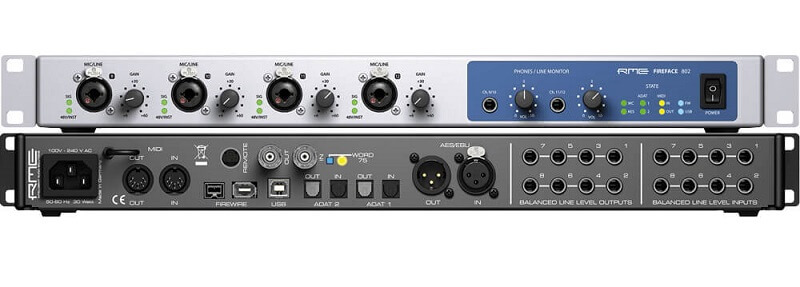
- EVO 4 Audio Interface Review: Great Budget Unit for your Portable Studio!
- Universal Audio Volt 476P Review: Amazing New Addition from UAD!
- MOTU M6 Review: Amazing 6×4 USB-C Audio Interface from Motu!
- SSL12 Review: New Amazing Audio Interface from SSL!
Sample Rate and Bit Depth
To achieve a great quality recording is also important to know how much the audio interface can handle in terms of sample rate and bit depth. For a recording in a digital environment, all the samples that are taken from an analog sound wave will generate better or worse quality. Usually, a bigger sample rate will result in better audio quality.
When it comes to the bit depth, this determines the precision of how the sound will be recorded and reproduced later when played back. So pay close consideration when getting an audio interface and check for these specifications because it will improve the quality of the recording.
Here are some basic sample rates and bit depths that most of the audio interfaces have:
- Sample rates include 44.1 kHz, 48 kHz, 88.2 kHz, 96kHz and 192kHz
- Bit depths include 16-bit, 24-bit and 32-bit
The most usual types out there are USB connections for audio interfaces. You will be able to find sampling rates at up to 192kHz and with 16 or 24-bit resolution which is more than enough for a recording. With the feature of direct monitoring, you will get a real-time experience of this without any latency, which is important to make an informed decision when recording and playing it back later on.
Also, this will determine the audio interface conversion when it comes to analog to digital and vice versa which is also an important feature that comes with the sample rate and bit depth. This will give you a high-quality sound and is one of the most important features that it comes when picking an audio interface that is not seen on your hardware. This is something done internally, but if it’s not seen doesn’t mean that is not important.
So look more deeply into these specs and you will be on the right path to getting an audio interface that will give you excellent results for many various applications. The next thing that we think is very important is the preamps and headphone outputs that the unit has. This will ensure great sound on the headphones when you connect them and also great recording quality of the microphones that will be connected to the preamps.
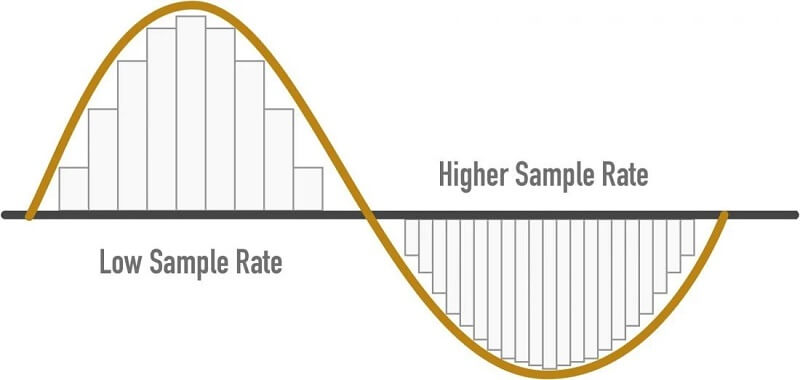
Preamps and Headphone Outputs
To ensure that you will have a great reproduction on both ends, you need to have great-sounding preamps and powerful headphone outputs. The reason to have this is very clear.
The preamps will give you a recording that will be up to the standards to be further shaped into a final result that will compete with the industry standard recordings. Also, this is the place where analog to digital conversion happens, so we need to pay close attention to it if we want pristine sound.
When it comes to headphone outputs, they need to be powerful enough to feed the sound power to a headphone that requires that. Having enough power will give the best results in the cans if they are in the range of higher impedance.
Usually, they have combined connectors and balanced ones that will reduce any unwanted hums or frequencies, resulting in a clear recording that will not have any minor pops or clicks to interfere with the process.
So we can freely say that this is a specification that needs close consideration when getting the interface because it is the point where the conversion happens. If it is bad – you get bad results; if it is good – you get good results, simple as that.
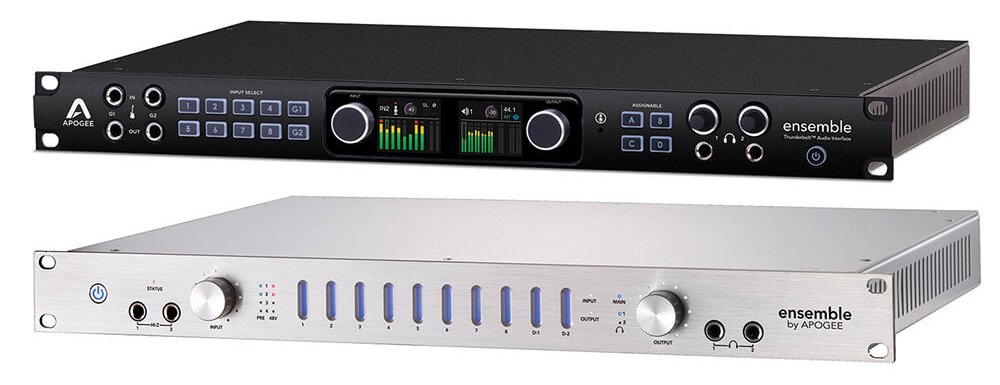
Connectivity Options
An interface that has more than two ins and outs will give you more audio possibilities, no matter if you need them at the moment or not. It is always good to have more choices that you can use later on. This is probably one other point that you can look into before buying the audio interface.
Maybe you will need to connect more than one microphone at one point, or maybe you need to mic a whole drum kit. This is a good enough reason to have more connections.
On top of that, if you find a unit that is compatible and that has low power consumption and portability, you will be able to get it on the road and record it outside of the comfort of your studio. These are mostly the USB interfaces that are only powered via the USB port.
Another thing to mention here is to have at least two sets of outputs for the monitors. Maybe you will get another pair later on that you will need to connect into your setup and having this feature will enable you to do so.
In case you do not have one, you enter the area where you will need to disconnect and reconnect speaker sets or get additional monitoring controllers that are able to handle this for you instead of the audio interface.
So the monitoring capabilities of the interface are not to be overlooked as well. If you have knobs and switches that will assist you in switching between speakers or inputs will result in an easier workflow and you will have a more pleasant time recording and mixing, which is something that we are all after.
- Top 10 Best Thunderbolt Audio Interfaces: Brief Info + Buyers Guide!
- Firewire Audio Interfaces: Best 5 Picks + Buyers Guide!
- Best Audient Audio Interfaces Review: Top 7 Choices!
- Best UAD Audio Interfaces: Top 11 Models + Reviews!
Software and Bundled Plugins
Another interesting feature that you can look into is if the audio interface comes with some software or plugins that you can use for free. There are many developers that produce both interfaces and plugins that are shipping them in a bundle, giving more incentive to the customer to go for their units
Here are some stuff that you can get from a developer besides their audio interface unit:
- Digital Audio Workstation: You might get some lite version of some DAW to get you started and hooked into the process. Also, that version will be functional enough to carry out the most important processes so it is not something that should be overlooked if you do not have a premium one.
- Plugin Bundles: If you are a beginner producer and engineer, having freebies to get you into the post-processing side of the music is a great way to save you some money and still get quality. Freebies are not of a lesser quality compared to the premium ones – have that in mind.
So besides the hardware you are getting from the developer, you might be able to get some other stuff for the production that will help you out in the whole process. This is truly helpful and all of us started that way, so there is no shame in it.
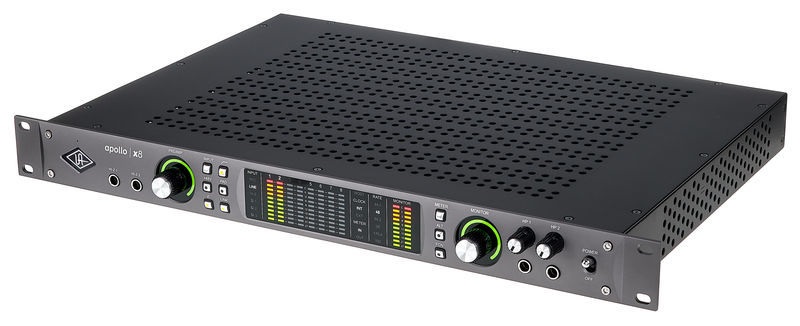
Conclusion
If you decide to follow these basic steps, you will end up getting an audio interface that will satisfy your production needs and connect every unit you have in the studio + get the best quality in terms of recordings and output quality.
Learn this, and you will be on the right path to getting a unit that will be with you for a longer time. Reach out to us if you need more details if you need help with purchasing a unit or if you have something unclear in terms of these specs. Until that time, rock on!

